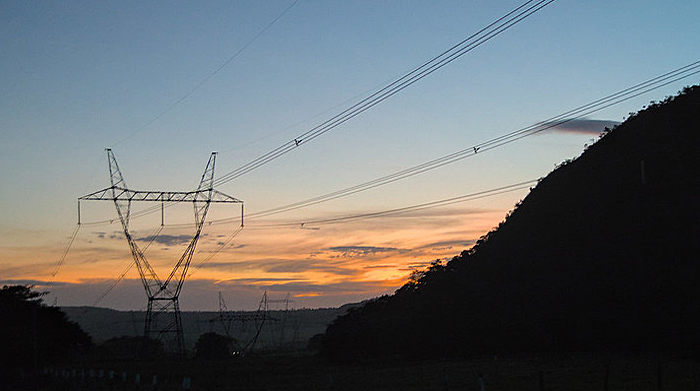New Drone Navigates Via Electromagnetic Fields

Image courtesy of Heitor de Bittencourt under Attribution-NonCommercial-NoDerivs 2.0 Generic License, resized to 700 x 391 pixels.
Start-up company Manifold Robotics, in conjunction with the New York Power Authority (NYPA), has developed a state-of-the-art inspection drone that navigates by using the electromagnetic fields emitted by power lines. In doing so, it reduces or eliminates the need for remote piloting. The technology, which has been in development since 2020, aims to improve electric utility infrastructure inspections.
How the Technology Leverages Electromagnetic Fields
The drone (AKA unmanned aircraft system or UAS) utilizes sensing technologies and software algorithms to detect the presence of transmission lines. Once detected, the technology can measure the distance to them, and monitor their electromagnetic emissions. This line-tracking capability enables the drone to automate collision avoidance – specifically, the software algorithms analyze electromagnetic data in flight in order to provide instructions to the drone. In other words, it reduces the prospect of human error.
In order to optimize the technology, more than 100 test flights were conducted along NYPA’s expansive transmission infrastructure. The final test came by way of a successful traversal along 1 mile of a 345-kV transmission line, during which the drone was able to maintain a 20-foot distance from the line while flying parallel to it, all while adjusting to changes in direction, terrain, weather, and altitude.
I, for one, think this is terrific technology. By automating the infrastructure-inspection process, not only is it safer for employees, but it stands to reason that more lines would be able to be inspected in a shorter period of time, helping to maximize reliability. And of course, any improvement to reliability helps from an emergency preparedness perspective.
So far, it is not clear what the future holds for Manifold Robotics or the utility industry’s adoption of the technology. Hopefully, this new inspection method – whether it involves reading electromagnetic fields or something like it – will be readily adopted throughout the industry sooner rather than later.



